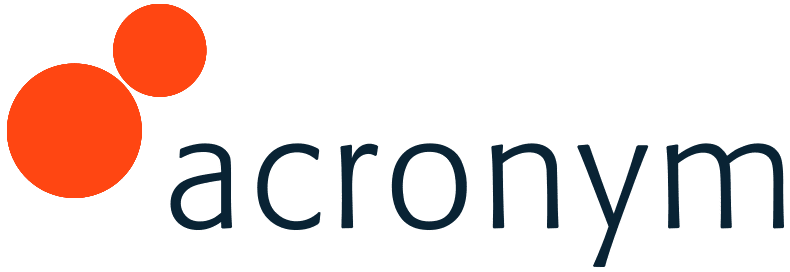Going (Creatively) Digital

Targeted Marketing Based On Behavior Pushes The Right Consumer Buttons
Ads targeted to consumers based on their online behavior push psychological buttons that arouse more interest than ads consumers feel are targeted to them as part of a group of prospects. This is one of the takeaways of research cited by Harvard Business Review. One study with undergraduate students found that participants were more interested in buying a Groupon for a restaurant advertised as sophisticated when they thought the ad had been targeted to them based on specific websites they had visited during an earlier task (browsing the web to make a travel itinerary). One caveat: behavioral targeting has to be at least moderately accurate (i.e., plausibly connected to consumers’ past behavior) or people will reject it.
Facebook Audience Network Shows Banners Under Siege From Native Ads
Research from Facebook and IHS reported by ADWEEK’s SocialTimes shows that native ads are dominating Facebook Audience Network, with 83% of its ads using the format and more than 50% of applications on the network doing so exclusively. The percentage of apps using the native ad format on Facebook Audience Network has increased tenfold since the first quarter of 2015. CPMs (cost per thousand impressions) for native ads are seven times higher than those for banners. Users engage with native ads 20 percent to 60 percent more than they do with standard banner ads, and native ads result in user retention up to three times higher.
Get Ready For ‘Staggering Amounts’ Of Complexity From Consumer Technology
If Chief Marketing Officers think they have their hands full trying to make sense of the non-stop deluge of consumer data, wait until the Internet of Things, artificial intelligence and virtual reality kick in for real. MarketingLand reports on the results of a survey of some 500 CMO’s and senior marketing executives around the world conducted by Marketo and The Economist Intelligence Unit. They will have to make sense of billions of possible interactions between a company and its customers, resulting in “staggering amounts of complexity.” Among the more significant findings: marketers won’t be able to manage the customer experience without possessing a single view of a customer that facilitates personalized conversations across technologies, locations and physical objects.
As Marketers Bring Programmatic Trading In House, Complexity Grows
While the number of brand marketers handling their own programmatic advertising trading in-house remains small—some 31%, per a survey by Forrester Research and the Association of National Advertisers—the trend is for more to do so. And as Advertising Age points out, things won’t get less complex between marketers and their advertising and media agencies as a result. The three biggest global ad spenders—Procter & Gamble Co., Unilever and L’Oréal—either have developed or are developing proprietary technology systems, managed with at least some involvement from their media agencies. Another layer of complexity is in-house trading desks at retailers like Walmart and Target that also buy on behalf of brand marketers who supply their stores, a so-called “inside-out” model now spreading into other marketing sectors like healthcare.
C-Suite Moves:
Mark Floisand to Coveo as Chief Marketing Officer, from Sitecore, where he led product marketing globally.
Anne Driscoll to Wrap Media as Chief Marketing Officer, from Dwolla, where she lead strategy and brand positioning.
Chris Brubaker to SLI Systems as Chief Marketing Officer, from Upserve, where he was VP of Marketing.
Shaun Priest to Streamline Health as VP and Chief Growth Officer, from Influence Health, where he was SVP of Strategic Accounts & Business Development.
Holly Rollo to RSA from Fortinet, where she was Chief Marketing Officer and SVP of Marketing.








